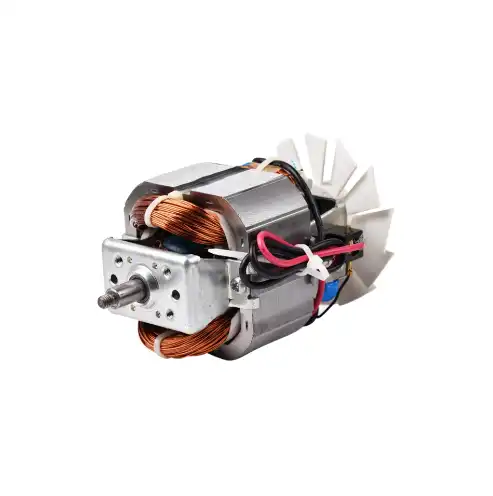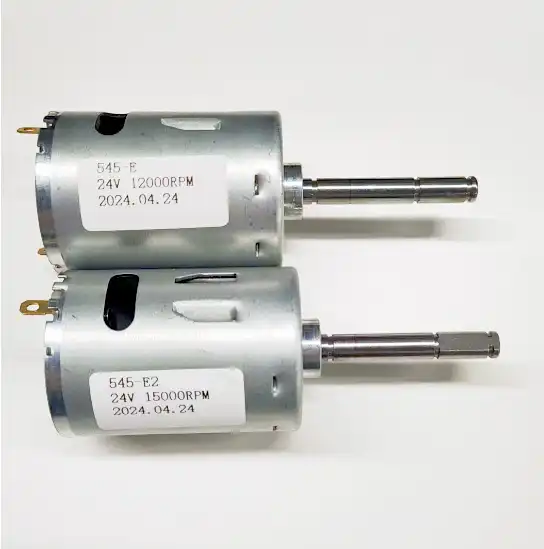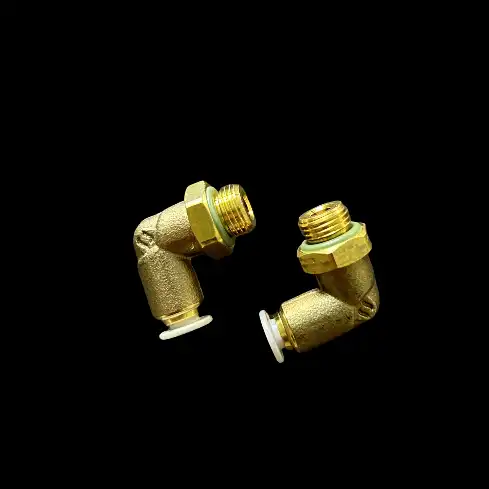What Is a Coffee Bean Hopper?
2024-07-11 13:45:29
An espresso processor's combination is indicated by a compartment for espresso beans. A compartment holds whole coffee beans before they are ground. A coffee bean hopper's significance and capabilities can significantly enhance your experience fermenting espresso. The particulars of what an espresso bean compartment is, how it influences the likelihood of making espresso, and the best ways to use and store it will be discussed in this blog.
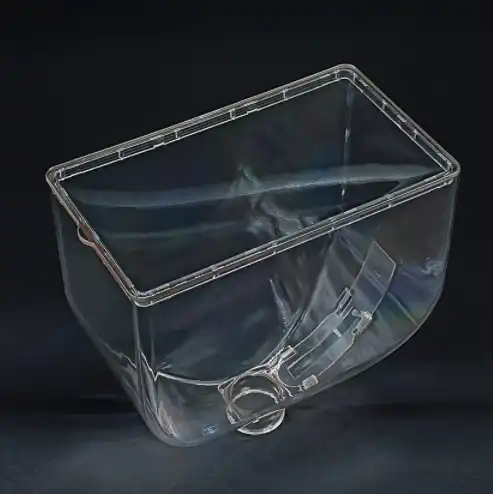
How Does a Coffee Bean Hopper Work?
The Basic Functionality
A coffee bean hopper is designed to hold coffee beans and feed them into the grinder mechanism. Typically made from plastic or glass, it sits atop the grinder and ensures that beans are consistently fed into the grinder’s burrs or blades. The size of the hopper can vary, holding anywhere from a few ounces to several pounds of beans, depending on the grinder’s capacity.
The hopper’s primary function is to facilitate the grinding process by providing a steady supply of beans. When the grinder is activated, beans are drawn from the hopper into the grinding mechanism, where they are ground to the desired consistency. The design of the hopper often includes a sloped interior to ensure that beans flow smoothly towards the grinder.
Impact on Grinding Consistency
The design and quality of the hopper can have a significant impact on the consistency of the grind. A particularly arranged compartment ensures a uniform feed of beans into the processor, which is huge for achieving a consistent drudgery size. Crushing can become lopsided because of conflicting taking care of, which can influence the flavor extraction during preparing.
Moreover, a few hoppers come outfitted with UV insurance or hostile to static coatings. Coffee grounds are prevented from sticking to the sides of the hopper by anti-static coatings, and UV protection shields the beans from light and keeps them fresh.
Types of Hoppers
There are several types of coffee bean hoppers, each suited to different needs and preferences:
- Standard Hoppers:These are the most common and come with most commercial and home grinders. They are typically made of plastic and have a simple design.
- Large Capacity Hoppers: Designed for high-volume coffee shops, these hoppers can hold a larger quantity of beans, reducing the need for frequent refilling.
- Hoppers with Seals: These hoppers come with airtight seals to minimize air exposure, preserving the beans' freshness.
- Glass Hoppers: These hoppers are aesthetically pleasing and less likely to retain odors or flavors from previous batches of beans.
Customization and Adjustments
A few processors take into consideration container customization and changes. Clients can trade out standard hoppers for bigger or specific ones, contingent upon their requirements. Furthermore, flexible containers have some control over the progression of beans into the processor, giving more exact command over the crushing system.
What Are the Benefits of Using a Coffee Bean Hopper?
Convenience and Efficiency
The ease of use of a coffee bean hopper is one of its primary benefits. You can undoubtedly crush the ideal measure of espresso by putting away the beans in the container as opposed to allotting them each time. This is especially helpful for coffee shops and homes with a variety of customers who value proficiency.
Preserving Freshness
While it is true that exposure to air can cause coffee beans to stale, many hoppers are designed to minimize this exposure. Hoppers with airtight seals or built-in lids can help maintain the beans' freshness by reducing the amount of air that comes into contact with the beans. Additionally, using a hopper allows you to grind only what you need, keeping the remaining beans fresher for longer.
Consistent Grind Quality
When a hopper is used, beans are consistently fed into the grinder, which is important for getting a consistent grind size. Whether you use a French press, drip coffee, or espresso, you need a consistent grind to get the most flavor out of your coffee. By keeping a consistent progression of beans, the container guarantees that each drudgery is basically as uniform as could be expected.
Reduced Waste
Decreased squander is one more benefit of utilizing a coffee bean hopper. You can avoid crushing too much and wasting espresso by placing the beans in the container and crushing only what you need. This is particularly useful in jam-packed settings where exact amounts are fundamental for saving stock and reducing expenses.
Aesthetic and Practical Value
Aesthetically, a well-designed hopper can enhance the look of your coffee grinder and overall kitchen setup. Some hoppers are designed with clear or tinted materials, allowing you to see the beans inside, which can be both functional and visually appealing.
How to Maintain and Clean Your Coffee Bean Hopper?
Regular Cleaning Routine
Maintaining a clean coffee bean hopper is essential for ensuring the longevity of your grinder and the quality of your coffee. Regular cleaning helps prevent the buildup of coffee oils and residues that can affect the flavor of your beans. Here’s a simple cleaning routine to follow:
1. Empty the Hopper: Before cleaning, make sure to remove any remaining beans from the hopper.
2. Disassemble:If your hopper is detachable, remove it from the grinder.
3. Wash with Warm, Soapy Water:Clean the hopper with warm, soapy water to remove oils and residues. Avoid using harsh chemicals that could damage the material.
4. Rinse Thoroughly: Rinse the hopper thoroughly to ensure no soap residue remains.
5. Dry Completely: Allow the hopper to air dry completely before reassembling it to prevent moisture from contaminating the beans.
Deep Cleaning
For a more thorough cleaning, especially if you use your grinder frequently, consider performing a deep clean every few months:
1. Use a Brush: Use a brush to remove any coffee particles stuck in hard-to-reach areas.
2. Check for Residues: Inspect the hopper and grinder burrs for any residual coffee oils.
3. Use Cleaning Tablets: Some grinders can be cleaned with specialized cleaning tablets that help remove buildup from the burrs and interior surfaces.
Preventing Stains and Odors
To prevent stains and odors from affecting your coffee beans, consider the following tips:
- Avoid Overfilling: Do not overfill the hopper, as this can lead to beans being exposed to air for too long.
- Store in a Cool, Dry Place: Keep your grinder in a cool, dry place to prevent heat and humidity from accelerating the staling process.
- Use Fresh Beans:Regularly rotate your stock of beans to ensure you are always using fresh coffee.
Regular Maintenance of Grinder
Cleaning the hopper is just as important as maintaining the hopper itself. Guarantee the processor is working properly and clean the edges or burrs reliably. This won't just guarantee a top notch grind that is steady, however it will likewise make your processor last longer.
Replacing the Hopper
Hopper performance and appearance can be compromised by hoppers becoming stained or scratched over time. It may be time to replace the hopper if you observe significant wear. Numerous producers offer new parts, so you can without much of a stretch trade out the old container for another one.
Conclusion
Making espresso can be made much simpler if you understand what a coffee bean hopper is and how it works. By ensuring solid work quality, shielding bean peculiarity, and offering solace, a holder expects a significant part in the coffee making process. It is fundamental for routinely spotless and keep up with the container for the processor's life span and the nature of your espresso. Utilizing the right holder can assist you with getting the best mug of espresso, whether you're an easygoing espresso consumer or an espresso specialist.
References
1. Coffee Confidential. (2023). "Coffee Storage: Keeping Your Coffee Fresh." Retrieved from https://coffeeconfidential.org
2. Perfect Daily Grind. (2023). "How Long Do Coffee Beans Stay Fresh?" Retrieved from https://perfectdailygrind.com
3. Coffee Geek. (2023). "The Ultimate Guide to Coffee Bean Freshness." Retrieved from https://coffeegeek.com
4. Home Grounds. (2023). "Best Practices for Storing Coffee Beans." Retrieved from https://homegrounds.co
5. Serious Eats. (2023). "How to Store Coffee Beans to Keep Them Fresh." Retrieved from https://seriouseats.com
6. Sprudge. (2023). "The Science of Coffee Bean Storage." Retrieved from https://sprudge.com
7. Bean Box. (2023). "How to Store Coffee Beans: Tips for Freshness." Retrieved from https://beanbox.com
8. Blue Bottle Coffee. (2023). "Coffee Storage: What You Need to Know." Retrieved from https://bluebottlecoffee.com
9. Coffee Review. (2023). "Maximizing Coffee Freshness: Storage Tips." Retrieved from https://coffeereview.com
10. National Coffee Association USA. (2023). "How to Store Coffee Beans for Maximum Freshness." Retrieved from https://ncausa.org
Send Inquiry
Related Industry Knowledge
- Differences Between Volumetric Counters And Particle Counters
- How Quickly Do Coffee Machine Boilers Heat Up?
- What Types of Motors Are Used in Coffee Grinders?
- Advantage of vending machine touch screen in business
- Vending machine touch screen interface
- How Do Cup Dispenser Designs Impact User Convenience?
- How does a Coffee Machine Pump work?
- What is a mini PCIe used for
- Coffee Vending Machine Mixing Systems Components
- What Factors Influence the Selection of Mixing Systems for Vending Machines?

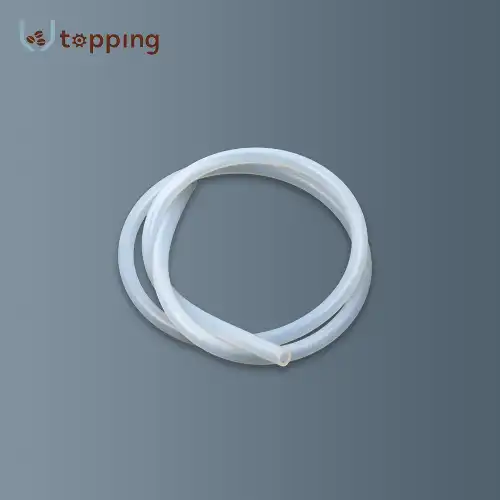
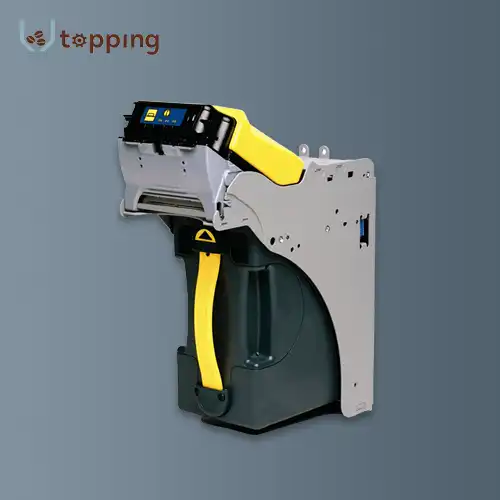

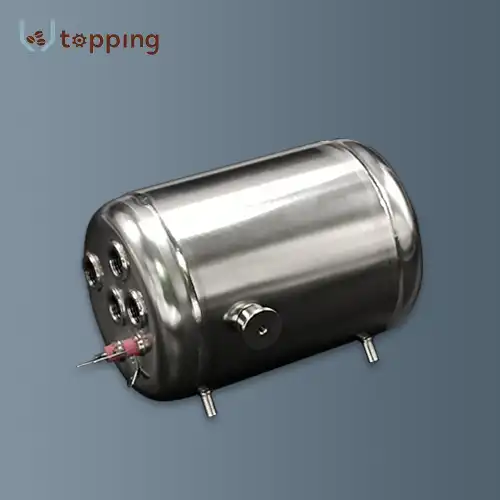
.webp)
